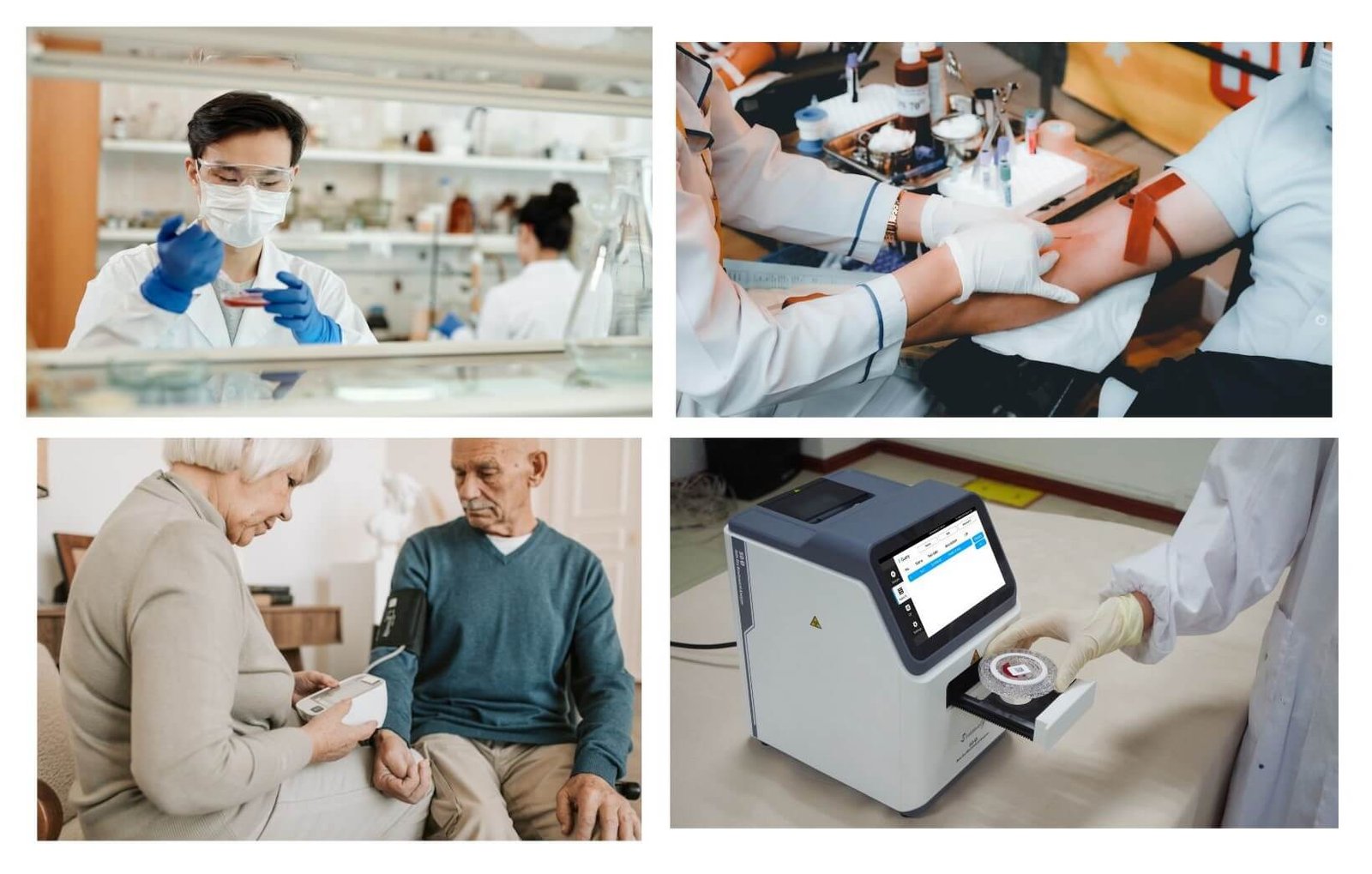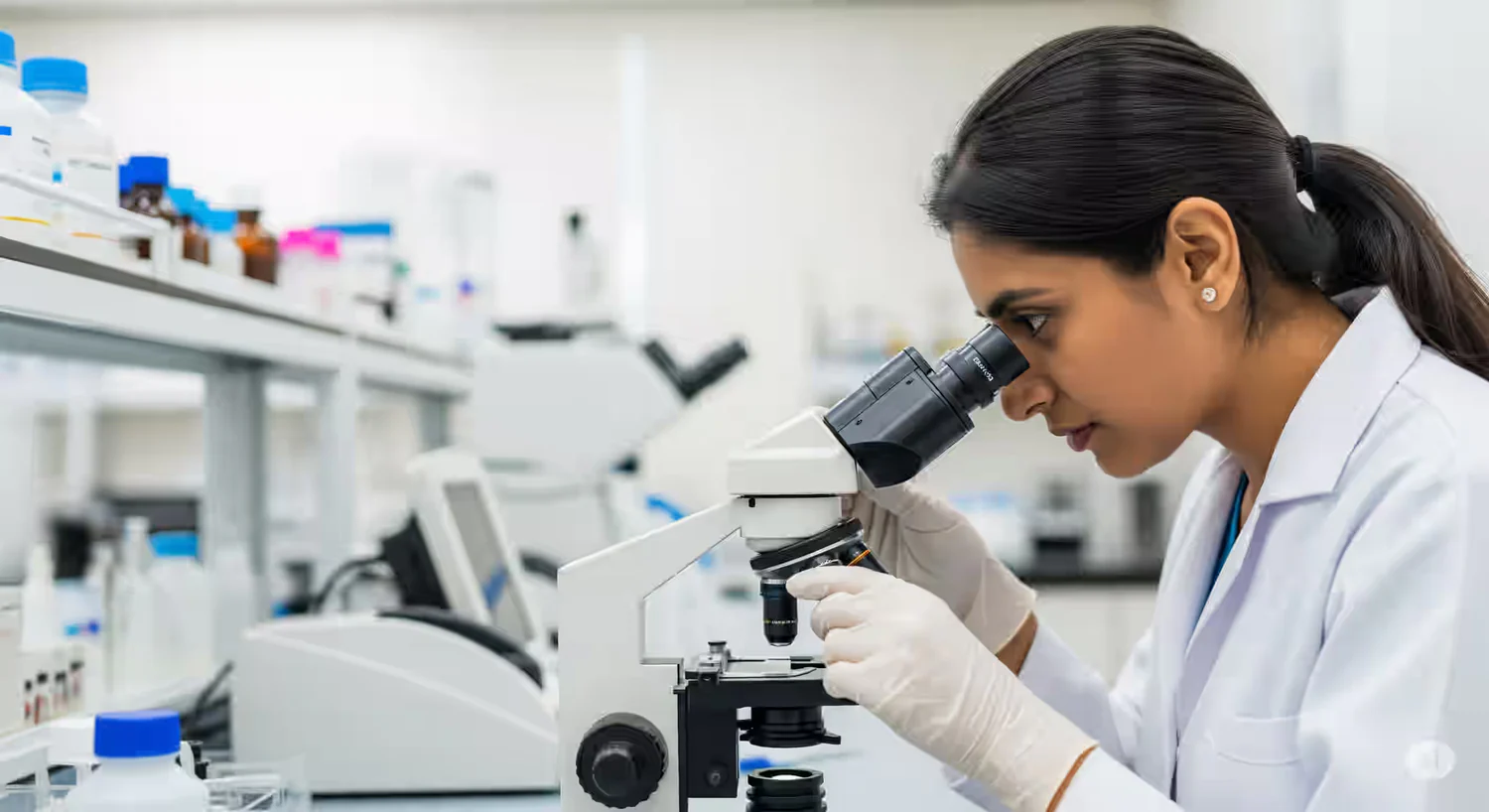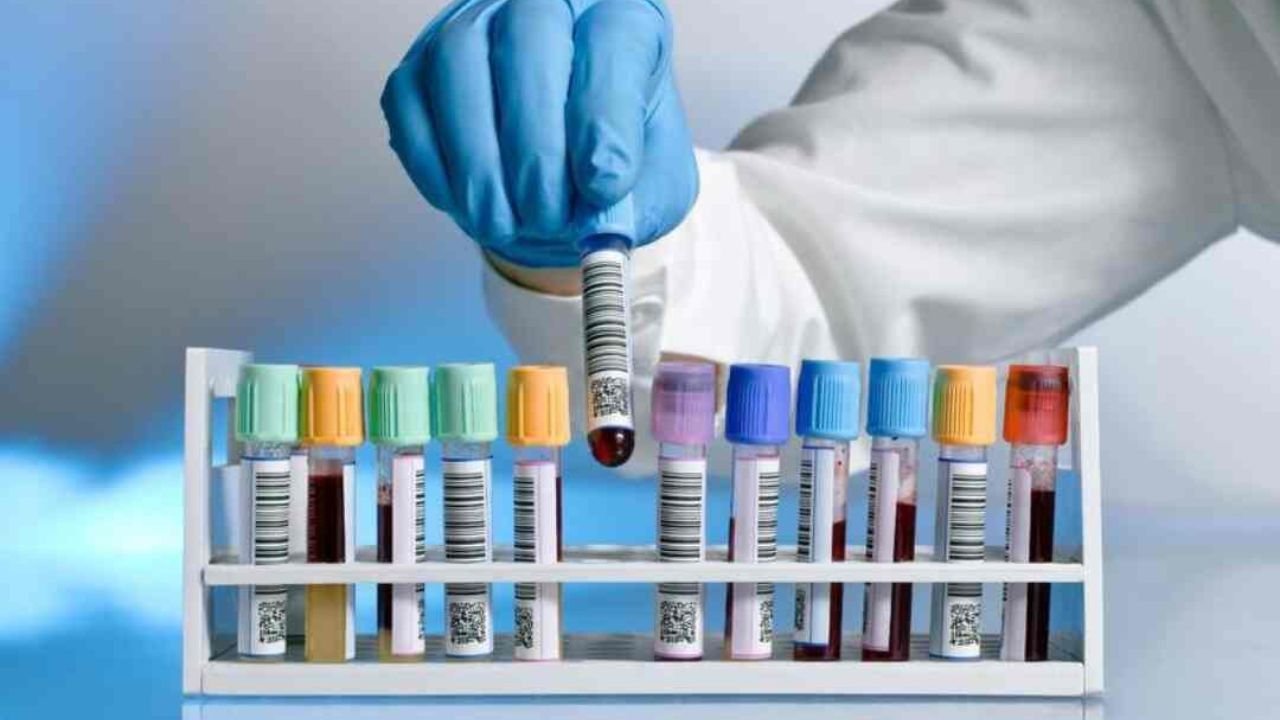Laboratories are extremely instrumental in world of science, health and progress. It is in them that experts test, analyze, and study many things. Other labs are involved in saving the lives whereas some are involved building a knowledge of the future. Both of them serve a specific purpose. This guide tells you about the most significant types of laboratories. You will be able to witness how every lab benefits individuals, business sectors and governments. Such laboratories go on smoothly outside of our sight, yet greatly influencing our world.
Top 10+ Laboratories
1. Diagnostic Laboratory
This lab helps doctors find out if someone is sick. It checks blood, urine, or other samples. It’s common in clinics. These types of laboratories are essential for disease detection. They help identify problems early. Quick results from diagnostic labs can lead to faster treatment. These labs often handle thousands of tests daily.
2. Hospital Laboratory
These labs are inside hospitals. They work around the clock. They help doctors during emergencies. They do fast and reliable testing. Hospital labs often handle both routine and urgent tests. Their results guide doctors in life-saving decisions. These labs follow strict protocols.
3. Clinical Laboratory
Clinical labs support treatment and public health. They test samples like blood and tissues. Units inside them include microbiology and toxicology. They’re often near hospitals. These labs operate under certified quality standards. Doctors depend on their accuracy. They often specialize in one area, like genetics or virology.
4. National Laboratory
National labs are run by the government. They handle major research projects. They help with nuclear science or genetic studies. These different labs impact national policy. They are well-funded and highly secure. These labs support missions like energy safety and defense. National labs also aid during health crises.
5. Research Laboratory
These labs explore new ideas. They are usually found in universities. Researchers study biology, chemistry, and more. They help make discoveries. Research labs often focus on long-term studies. They also test theories or prototypes. These labs bring innovation to life.
6. University Laboratory
Students and teachers work here. It’s used for both learning and research. Students do hands-on science. These labs build skills. University labs offer a space for learning by doing. Experiments are part of teaching. These labs shape future scientists and doctors.
7. Industrial Laboratory
These labs are found in factories. They test products like food or electronics. They check quality and safety. They keep customers safe. Industries use them to ensure standards. These types of laboratories help meet legal and market expectations. Their work protects public health.
8. Forensic Laboratory
These labs help solve crimes. They study fingerprints, blood, or chemicals. Police use their reports in court. They provide proof. They play a key role in criminal justice. Forensic labs follow chain-of-custody rules. Their findings are used in legal investigations.
9. Environmental Laboratory
They test air, water, and soil. They check pollution levels. These labs protect nature. They support clean environments. These labs detect harmful chemicals in nature. They support government clean-up projects. Their findings influence environmental laws.
10. Pathology Laboratory
Pathology labs look for diseases in tissues. They help with cancer detection. Doctors use results to decide treatment. They’re very accurate. Pathologists review biopsy samples here. These labs give detailed diagnoses. Their reports help guide medical action.
11. Biotechnology Laboratory
Biotechnology labs are driven by innovation. These labs work with living cells and biological systems to create products. They develop medicines, vaccines, and gene therapies. Many breakthroughs in modern healthcare start here. These labs are vital in biotechnology research. They also assist in agriculture and environmental solutions.
12. Microbiology Laboratory
Microbiology labs deal with tiny organisms. They study bacteria, fungi, and viruses. These labs help detect infections and develop antibiotics. Hospitals rely on them to identify dangerous microbes. These labs also contribute to vaccine development. Their work helps control disease outbreaks.
Comparison of Top Laboratory Types
Here is a quick comparison of the most important types of laboratories:
| Laboratory Type | Main Purpose | Where You Find Them |
| Diagnostic Lab | Detect diseases | Clinics and hospitals |
| Hospital Lab | Support emergency care | Inside hospitals |
| Clinical Lab | Assist in treatment & diagnosis | Near healthcare centers |
| National Lab | Run national-level research | Government research centers |
| Research Lab | Study theories & science | Universities |
| University Lab | Teach & train students | Colleges and schools |
| Industrial Lab | Test product quality | Factories and plants |
| Forensic Lab | Solve crimes through evidence | Police departments |
| Environmental Lab | Monitor pollution and toxins | Environmental agencies |
| Pathology Lab | Analyze tissues for disease | Hospitals and clinics |
| Biotechnology Lab | Develop biological technologies | Biotech companies, labs |
| Microbiology Lab | Study bacteria and viruses | Labs, hospitals, research |
Final Thoughts
Laboratories exist in many forms, which are influencing our lives. Others are health-oriented. Others assist the industries or solves crimes. Regardless of the kind, all of them are important. The importance of these labs is then understood. They render the world safer, cleaner, and smarter. In a hospital laboratory to a national research facility–every lab defines better tomorrow.
Read Our More Blogs:- Top 10 Best Pathology Labs in Meerut – Accurate Reports, Trusted Names (2025 Guide)



